I am simulating a circuit in Proteus 8.1 and I am getting very low value of Beta (16 in this case). It is changing depending on the resistances. Can you please guide what is happening here? d 
- 21
- 2
-
1The transistor is in saturation, meaning low beta. – Null Nov 11 '15 at 16:23
-
is there any way in theory to know this in advance? – Ali Raza Nov 11 '15 at 16:31
-
1@AliRaza, See my answer to [this old question](http://electronics.stackexchange.com/questions/51405/) – The Photon Nov 11 '15 at 17:21
-
@ThePhoton Thanks for referring to that. That clears a lot. – Ali Raza Nov 11 '15 at 17:44
-
1If you check the voltage between collector and emitter, you'll notice that it's about 100mV. That is a clear indicator of above mentioned saturation. – jippie Nov 11 '15 at 18:14
2 Answers
The transistor is in saturation, not the forward-active region. You can tell because \$V_{\text{CE}} \approx 84\text{mV}\$; when \$V_{\text{CE}} < 0.2\text{V}\$ or so, the transistor is in saturation. \$\beta\$ is high in the forward-active region but is lower when in saturation.
To get the transistor in the forward-active region, you need to lower the voltage drop across \$R_1\$ (which has the effect of increasing \$V_{C}\$ and therefore \$V_{\text{CE}}\$ as well). You can do this either by lowering the resistance value of \$R_1\$ or reducing \$I_C\$ (set by \$I_E = V_E/R_4\$, which is in turn set by \$V_B\$).
-
Thanks for answering. I appreciate that. I understand that transistor is in saturation because Vce<0.2V. But I was simulating a circuit in which only resistances and Vcc are given. In that scenario how do we know that transistor is in saturation? I mean in theory we calculate currents and voltages if Beta is given. I'm following this lecture http://doctord.dyndns.org/courses/textbooks/jegerblalock/pang/lecture5.pdf – Ali Raza Nov 11 '15 at 16:44
-
@AliRaza You can assume the transistor is in forward active initially, and use \$\beta\$ as given. But if you find that \$V_{\text{CE}} < 0.2\text{V}\$ then you know that the transistor is actually in saturation. – Null Nov 11 '15 at 16:51
You are getting a very low value of Beta because your transistor is working in 'saturation region. Check out that Vce = 83.85mV which is much less than the rated 300mV of 2N2222. Therefore it is obvious that Beta will be less than the expected one (∼50).
It is changing with the resistances.
If you consider that Vce ∼ 0.2V,
Ic ∼ (Vcc - Vce)/(Rc + Re)
Ib ∼ (Vb - 0.65)/(R1||R2 +Re)
β=△Ic/△Ib
As you can see that both Ic & Ib depends at resistances thus β changes with resistances.
- 558
- 5
- 18
-
Thanks for answering. You are awesome. I mean we can get Beta from Ic and Ib. But I am working on the circuit in which only resistances and Vcc are known, and we use beta (around 100) to get Ic and Ib. Is there any way theoretical to know beta or that transistor is in saturation. I am following this lecture http://doctord.dyndns.org/courses/textbooks/jegerblalock/pang/lecture5.pdf – Ali Raza Nov 11 '15 at 16:48
-
@AliRaza If β is unknown then choose a inetermediate one from [here](https://www.fairchildsemi.com/datasheets/PN/PN2222A.pdf) – Virange Nov 11 '15 at 17:00